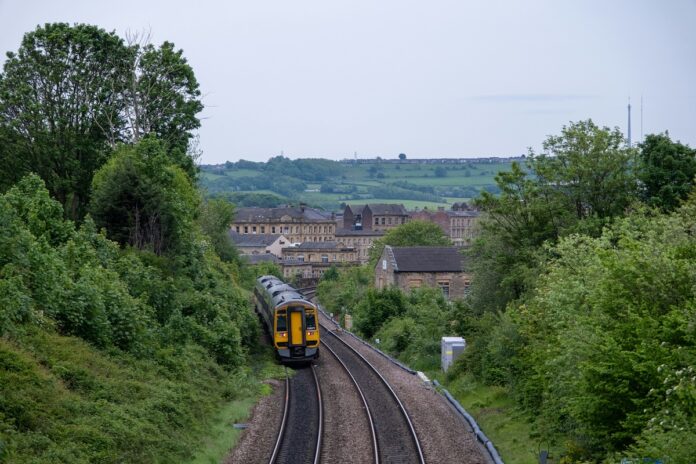Millions of people living and working between Oxford and Cambridge are set to benefit from more frequent and reliable rail services as East West Railway Company (EWR Co) sets out the next steps for the second phase of the project. The update, released on 19 November 2025, confirms a series of enhancements following extensive consultation with local communities.
East West Rail, one of Britain’s largest transport schemes, forms a central part of the government’s Plan for Change. The project is expected to unlock £6.7 billion of regional economic growth by 2050, enable up to 100,000 new homes and support tens of thousands of new jobs along the corridor.
Among the key proposals is an increase in service frequency, with trains potentially running up to five times per hour instead of the previously proposed three or four. This improvement could deliver up to 70 per cent more seating, helping to reduce overcrowding, shorten waiting times and improve journey reliability.
EWR Co has also confirmed several upgrades to stations across the route. These include new entrances at Bletchley, Cambridge and Bedford, alongside four brand-new stations on the Marston Vale Line – the first major investment on that section of railway since the 1960s. The new stations are expected to better serve local communities and support planned developments, including the new Universal theme park.
A new station at Stewartby has been confirmed to meet local needs and provide essential connections to the multi-billion-pound attraction, which is forecast to contribute nearly £50 billion to the economy by 2055 and attract more than 8.5 million visitors in its opening year.
Transport Secretary Heidi Alexander said:
“East West Rail is more than a railway – it’s a catalyst for growth, more jobs and opportunity, and this project will make rail travel faster, greener and more reliable for millions of passengers.
By investing in modern infrastructure, we’re laying the foundations for long-term prosperity in one of the UK’s most dynamic regions while ensuring that the UK has a rail network passengers can be proud of.”
David Hughes, CEO of East West Railway Company, said:
“These updates reflect our commitment to listening to communities while designing a railway that delivers long-term benefits for the region. Our latest proposals better reflect what matters most to people and will deliver better outcomes for passengers, local communities and the environment.
From a new station at Cambridge East to better access in Oxford and clear alignment through Tempsford, East West Rail is shaping the modern, sustainable transport link this region needs to thrive.”
A spokesperson for Universal Destinations and Experiences said:
“Government’s commitment in furthering multi-modal opportunities to grow the UK’s economy is highly encouraging, as companies like UDX look to place major investments in the UK.”
The developing plans also include seven new stations and the use of hybrid battery-electric trains to provide faster, greener services along the partially electrified route at lower cost.
Alongside a new eastern entrance at Cambridge Central, EWR Co is proposing a new Cambridge East station to unlock major economic growth and reduce congestion. By connecting to the upgraded Newmarket Line, the station would offer quicker and more reliable links to Norwich, Felixstowe and Ipswich, opening new opportunities for businesses and local development.
Jonny Haseldine, Head of Corporate Governance and Business Environment Policy at the British Chambers of Commerce, said:
“Better rail links unlock jobs, homes and investment by improving access to markets, skilled workers and visitors. Faster, more frequent and higher-capacity services will ease congestion for commuters, strengthen regional supply chains and boost long-term business growth across the corridor. If these plans are implemented in full, it will be a clear win for local communities and the economy.”
Today’s announcement builds on the government’s commitment to delivering a modern rail network and marks another milestone in its ambition to make the Oxford–Cambridge corridor Europe’s leading innovation hub. Over the past decade the region has secured 43,000 jobs and £27.5 billion of investment, with Oxford and Cambridge ranked as Europe’s top two innovation engines.





